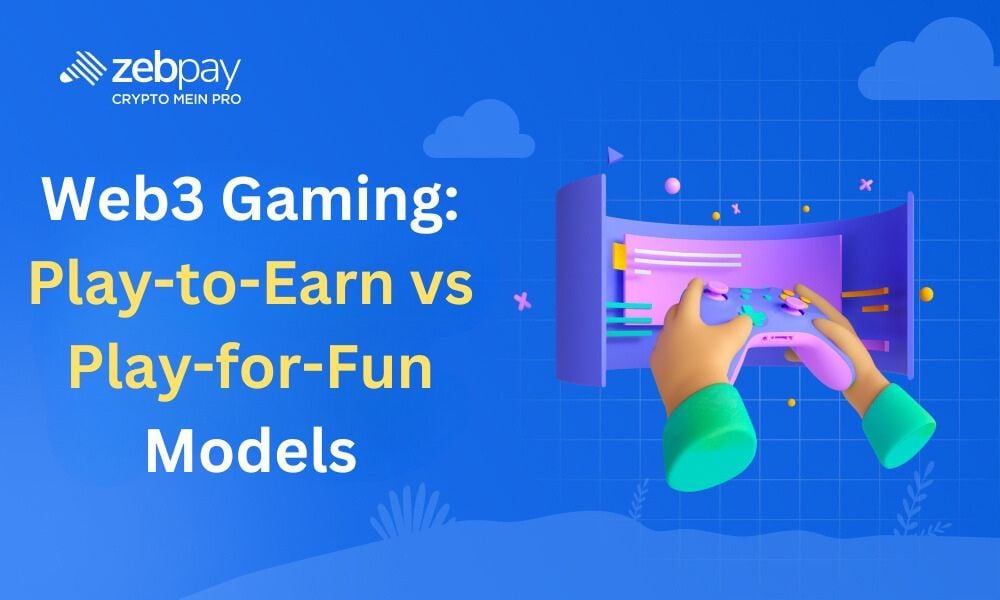
Web3 Gaming: Play-to-Earn vs. Play-for-Fun Models
The web3 gaming landscape has seen a significant shift in recent years, with the rise of two distinct models: Play-to-Earn (P2E) and Play-for-Fun (PFF). These paradigms have sparked intense debate among gamers, developers, and investors alike. As we examine these opposing approaches, it becomes clear that neither is mutually exclusive, and hybrid models will likely emerge as the industry evolves.
**Play-to-Earn (P2E): Earning Potential vs. Fun**
In the P2E model, the primary focus lies in generating revenue through blockchain-based economies. Players are incentivized to engage with games by earning cryptocurrencies, tokens, or other digital assets. This approach has garnered significant attention, especially among gamers seeking financial rewards for their efforts. However, some players may feel less motivated to invest time and resources without the promise of financial gains.
Comparing the Two Models: Key Differences and Synergies
**Key Differences**
Purpose: P2E emphasizes earning potential, whereas PFF focuses on entertainment and engagement.
Player Demographics: P2E attracts gamers seeking financial opportunities, whereas PFF appeals to casual and hardcore gamers alike.
Economic Impact: P2E integrates blockchain-driven economies, while PFF often treats blockchain as a supplementary feature.
**Synergies**
Hybrid approaches are emerging, blending the best of both models. For instance, games can offer optional earning mechanisms without compromising on engaging gameplay. These synergies address the limitations of each model and cater to a wider audience.
Innovations in Web3 Gaming: Hybrid Models and New Approaches
Developers are exploring hybrid models that integrate both earning and entertainment. Features like dual-token economies allow players to enjoy gameplay without financial pressures while providing earning opportunities for those who seek them. Community-driven governance through decentralized autonomous organizations (DAOs) enables players to shape game development. Other innovations include interoperable NFTs, allowing assets to move seamlessly between games, and AI-driven game design for personalized experiences.
The Future of Web3 Gaming
As the industry continues to evolve, we can expect:
Improved Accessibility: Lower barriers to entry through free-to-play models with optional earning mechanisms.
Enhanced Gameplay: Greater focus on storytelling and immersive experiences.
Mainstream Adoption: Partnerships with traditional gaming companies to integrate blockchain seamlessly.
Sustainability: Balanced economic models that avoid hyperinflation and dependency on player growth.
In conclusion, web3 gaming is revolutionizing the industry by offering players new ways to engage, earn, and interact with digital worlds. By understanding the strengths and limitations of both P2E and PFF models, developers can create a holistic gaming experience. As innovation continues, we’ll witness the emergence of hybrid approaches that blur the lines between earning and entertainment.
—
Disclaimer: Crypto products and NFTs are unregulated and can be highly risky. There may be no regulatory recourse for any loss from such transactions. Each investor must do his/her own research or seek independent advice if necessary before initiating any transactions in crypto products and NFTs.
Source: zebpay.com


